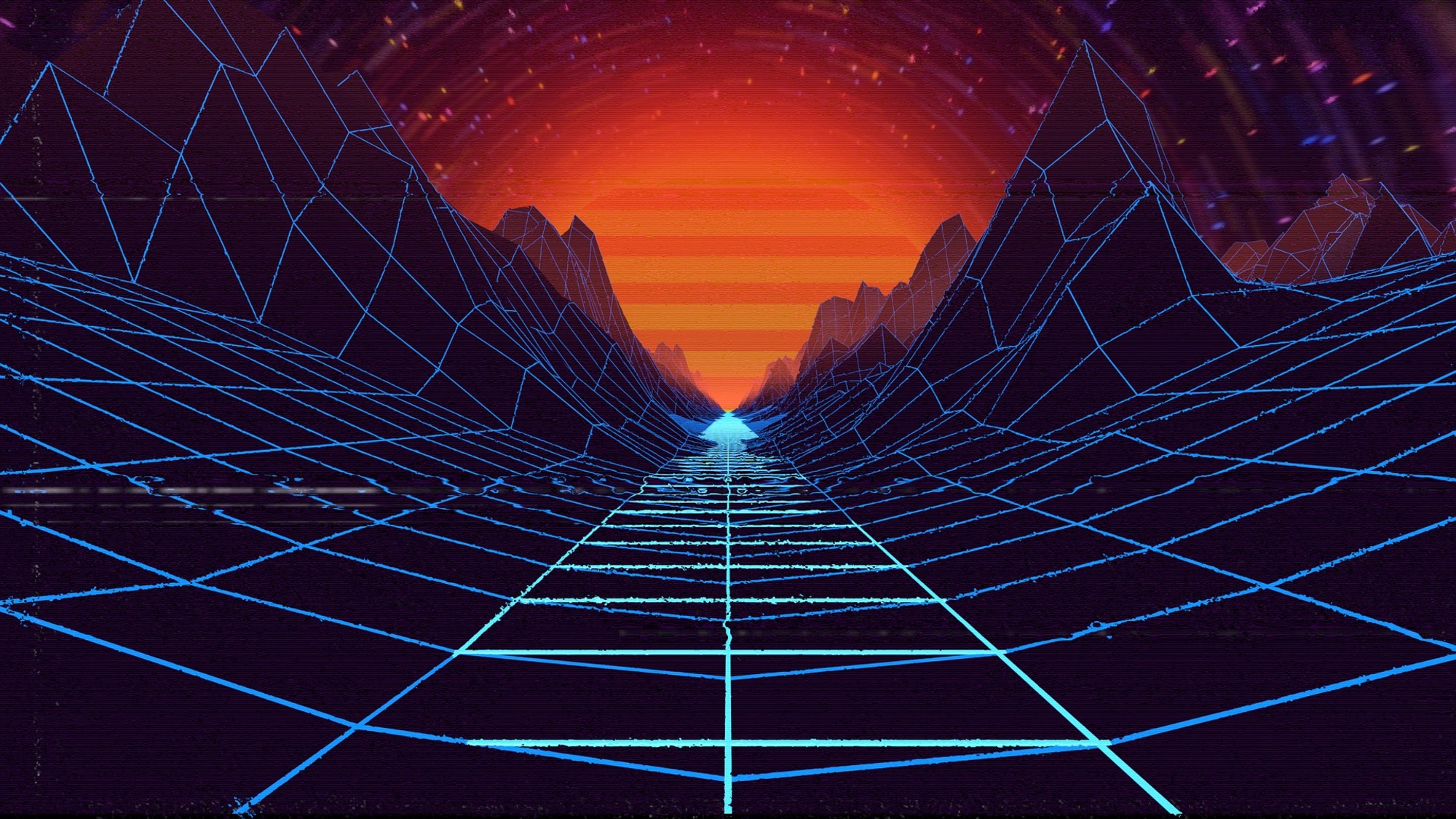When delving into visual effects (VFX) in the realm of 3D animation, it’s essential to recognize that VFX involves the creation of intricate motions or elements that are challenging or impossible to manually animate in 3D. This stage, along with lighting and rendering, constitutes the final phase of the production pipeline in a 3D animation studio, and their interconnectedness significantly impacts the quality of the visual effects.
VFX Definition in 3D Animation Pipeline
The VFX stage focuses on generating complex motions or elements that are difficult to animate manually or through motion capture. While 2D VFX can handle certain effects at the end of the pipeline, elements like hair, fur, fluids, cloth, morphing, and explosions often require simulation in a 3D environment. Physics simulation systems are employed for these simulations, factoring in variables such as gravity and wind. Advancements in hardware and software technologies have made 3D visual effects more accessible.
VFX Categories in 3D Animation
Particle Simulation Systems
Particles are points in space used to create effects like rain, snow, dust, swarming bees, or flocking birds. Handling thousands of particles manually is impractical, so 3D software automates their animation under the influence of natural forces like wind and gravity. Particle systems simplify the creation of effects, from basic crowd behavior to intricate phenomena like snowstorms.
Fluid Simulation Systems
Fluid simulation, a specialized form of particle simulation, replicates the intricate movements of fluids in a 3D environment, often relying on real fluid physics equations. Fluids include liquids, smoke, fire, and various liquid substances. The complexity of fluid animation can vary, from high-quality animations for films to real-time applications with simpler, faster simulations.
Hair and Fur Simulation Systems
Simulating realistic hair and fur in 3D animation is a challenging task, requiring systems that respond to the movements of the characters and external factors such as wind and gravity. While these dynamic systems are integrated into most 3D software, the complexity involved may pose challenges for lower-budget projects. However, in blockbuster films, leveraging these systems can set a project apart.
Hair and fur dynamics are inherent features in most 3D software, with animation studios often incorporating additional tools and plug-ins for specific results. These systems extend beyond hair and fur, also being used for tail or tentacle movements.
Rigid-Body Simulation Systems
Rigid-body simulations are widely employed in 3D VFX for creating collisions, shattering, and movement of inflexible objects. VFX artists define how these rigid bodies react to physical phenomena through attributes like center of mass, velocity, and collisions.
Soft-Body Simulation Systems
Soft-body simulation systems focus on visually accurate simulations of deformable objects or “soft bodies.” Unlike rigid bodies, soft-body dynamics deal with objects that deform upon collision. These simulations use virtual ties between vertices to maintain shape despite deformations, creating realistic effects for cloth, muscle, fat, and certain fluid-like surfaces.
VFX Artist’s Role
VFX artists play a pivotal role in creating complex effects such as smoke, explosions, water movements, or falling rain. A solid understanding of physics, coupled with expertise in various 3D animation disciplines, is crucial for VFX artists. While they often specialize in one or two VFX categories, they need a comprehensive skill set to contribute to the entire visual effects pipeline.
Basic VFX Workflow
The workflow for a VFX artist involves several key steps:
- Assignment: The VFX lead provides the assignment, detailing expectations and providing the necessary scene files.
- Scene Breakdown: The VFX artist breaks down the effect into manageable steps, creating a step-by-step plan.
- Implementation: Executing the plan, the artist simulates and caches each step, gradually building the effect.
- Polishing: The final step involves refining details and performing the last touches to achieve the desired result.
Tips for VFX in 3D Animation:
- Understand Physics: A solid understanding of physics is crucial for realistic simulations. Familiarize yourself with how different elements behave in the real world, as this knowledge informs your simulations.
- Master Simulation Tools: Become proficient in simulation tools and software that facilitate particle and fluid simulations. Practice using these tools to achieve desired effects efficiently.
- Experiment and Iterate: VFX often involves experimentation. Don’t be afraid to iterate and refine your simulations to achieve the desired visual impact. This iterative process is essential for creating compelling effects.
- Collaborate with Other Departments: VFX is closely tied to other stages in the production pipeline. Collaborate with animators, lighting artists, and modelers to ensure cohesion in the final visual output.
- Stay Updated on Technology: Given the rapidly evolving landscape of technology in VFX, stay updated on the latest tools and techniques. Embrace new advancements to enhance the quality and efficiency of your work.
Conclusion
In conclusion, 3D visual effects, lighting, and rendering constitute the final stages of the 3D animation production phase, interdependent on each other for quality results. While the term “VFX” in 3D animation involves elements like hair, fur, water, fire, smoke, and dust, it requires specialized skills to navigate these complex simulations. The VFX artist’s role encompasses a thorough understanding of physics and a diverse skill set to bring unique and compelling effects to 3D animation projects.


